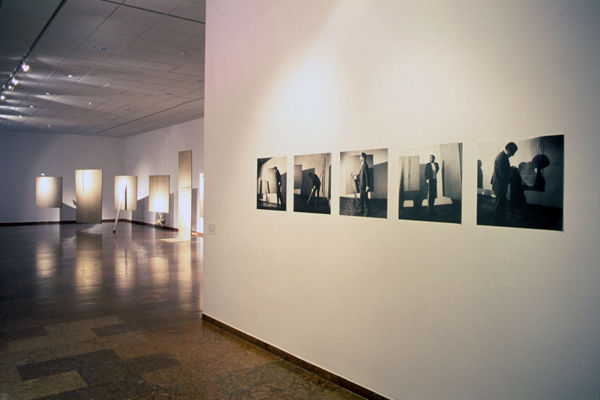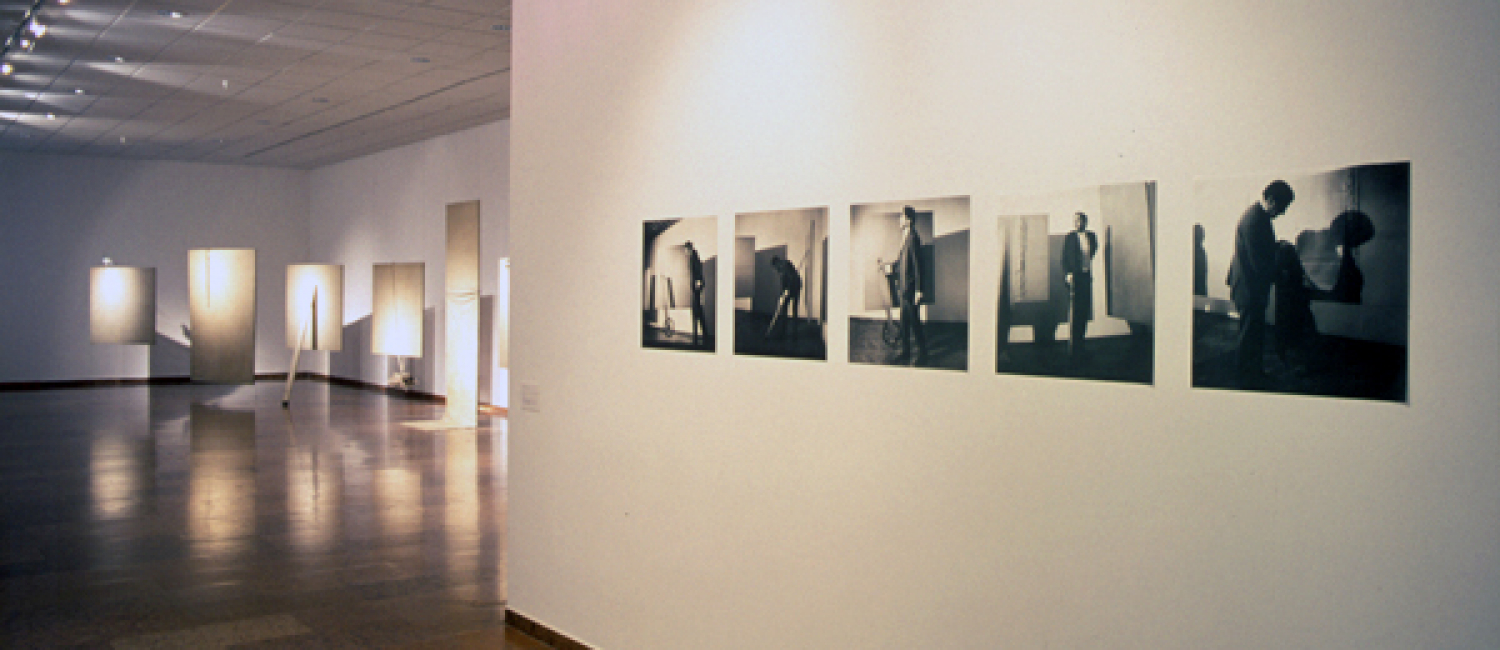Defining Kantor as one of the most eminent Polish artists of the second half of the twentieth century does not amount to much. In Polish art he has been what Joseph Beuys has been in German art, and what Andy Warhol has been in American art. His significance cannot be reduced to the works he has left behind, and to his stage productions which, although not performed for years, have remained alive in people's memory. The creator of a characteristically distinct vision of the theatre, active participant in the neo-avant-garde revolutions, ingenious theoretician, innovator deeply rooted in tradition, anti-painting painter, heretical participant in happenings, and ironic conceptualist – these are only some of his numerous images. Moreover, Kantor was the indefatigable animator of artistic life in post-war Poland, or indeed one of its major driving forces. His greatness is defined not so much by his work as by his person conceived as a whole, as a kind of Gesamtkunswerk, which consists of his art, his theory, and his life.
Sadly, owing to the character of most exhibitions, the complex and immensely rich phenomenon called Tadeusz Kantor has been slowly sinking into oblivion. By focusing on his theatre and sometimes on his painting, they perpetuate a distorted – since one-dimensional – image of the artist. Moreover, by removing his art from its neo-avant-garde context in which it was born, those exhibitions deprive it of its actuality. They certainly keep the memory of the Kantor phenomenon alive, yet they present it as an important value but confined to the past. Such presentations may confirm conviction in the greatness of his art, yet it seems doubtful that they may win new admirers of his art. Their retrospective and nostalgic character makes the contemporary viewer acutely aware of his distance from Kantor's art, and thus makes its direct experiencing impossible.
The idea of the exhibition, “Tadeusz Kantor. Impossible,” originated from the need to abolish this distance, and more precisely, from the conviction that this distance is, in fact, illusory. The exhibition aims at presenting the art of Kantor as a phenomenon that is still topical and surprisingly close to contemporary sensibility. Contrary to previous presentations, the exhibition emphasizes not so much Kantor's contribution to art history but the vitality of his work, as well as its potential to engage the contemporary viewer.
The exhibition focuses primarily on the happenings, activities and para-conceptual projects; that is, on those activities in which Kantor questioned conventional ideas concerning art, a work of art, and an exhibition. It concerns the works from the period initiated with his Popular Exhibition (Krzysztofory Gallery, Kraków 1963) and terminated with the project Everything Is Hanging by a Thread (Foksal Gallery, Warsaw 1973). That period, usually dismissed or marginalized by critics and exhibition curators, was of crucial significance to Kantor. It was the time of indecision and doubt, sometimes of chaotic search for new directions, but also the time of creative ferment and discovery, their significance to be revealed only later. Having freed himself from the routine of artistic behaviour, Kantor had the courage to move into the unfathomed areas and reach, in his own words, the limits of the Impossible. Owing to that journey and the experiments undertaken on the way, he was able to create his masterpieces – the spectacles “The Dead Class” and “Wielopole, Wielopole”.
The art born in the result of that search appears today as an adequate reflection of the spiritual condition at the close of the second millennium. What we find there is the well known lack of confidence in axioms, the feeling that there is no discernible fulcrum, as well as unlimited freedom of choice, openness to a variety of inspiration, and readiness to undertake risk, which also means uncertainty concerning its effects.
Alas, this actuality of Kantor's art has been gradually lost because of the tradition to present it rather in the museum context. “Tadeusz Kantor. Impossible” attempts to restore this actuality, by using the language of modern visual culture as well as the varied presentation techniques it offers. Large-format computer printouts, photographs, video presentations, slide presentations, sound tracks, text in its visual aspect – all these means serve a single purpose: to achieve the multi-aspect visualization of the ephemeral art events, and thus to create various possibilities of experiencing and comprehending them.
Curator of the exhibition: Jaroslaw Suchan

